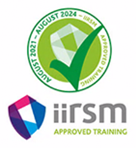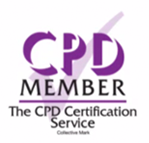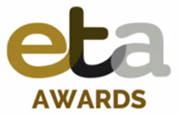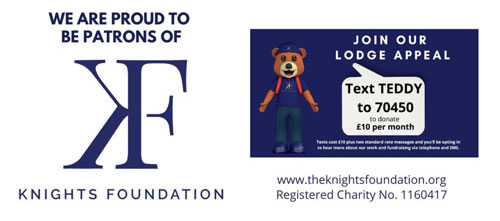
Sharps Awareness.
There is a common misconception that sharps injuries are only of concern to medical and care staff. However it is not uncommon for people in other industries such as waste disposal to come into contact with used sharps.
In this course we’ll start by looking at some statistics relating to discarded needles, then define ‘sharps’ and look at the different types that can be found in ‘sharps litter’, ranging from needles, syringes and scalpel blades to broken glass, knives, scissors and nails.
(Please see below for more course details)
Course Description
It then covers the primary and secondary risks from sharps. It’ll look at the responsibilities of employers and how they must use risk assessment to ensure workers safety, as much as possible.
Then, the course will take a detailed look at Hepatitis B, Hepatitis C, HIV and Tetanus
There’ll be a section on the Chain of Infection, helping you to understand how an infection gets passed on, and what steps can be taken to break the chain and stop the process.
It’ll look at the probability of picking up an infection from a needlestick injury, and the factors that can affect this.
It’s important to always handle discarded sharps safely so the course will take you through the equipment you need, including litter pickers, forceps, disinfectant sprays and gloves, along with the correct techniques you should employ to avoid injury. This subject will be further expanded on by detailing the correct sharps handling procedures, including how to dispose of discarded sharps safely, how to remove disposable gloves to minimise cross-contamination, and correct hand washing procedures.
Finally, it’ll cover how to report discarded sharps and the correct procedures to follow if you’re unlucky enough to receive a sharps injury.
Learning Objectives
By the end of this course, you will be able to:
- Recognise the safety implications of using Sharps, whether clinical or non-clinical.
- State the associated injuries and infections associated with usage of sharps.
- Understand employer risk assessments regarding sharps and what to do if you are injured.
- Define the chain of infection from a sharp’s injury.
- Identify susceptible employees and the chance of injury resulting in infection.
- Demonstrate the effective use of equipment used for the safe handling and disposal of sharps.
Target Audience
This course is aimed at anyone who may come into contact with sharps waste whilst performing their day to day working activities. This ranges from people working in healthcare to those in waste disposal with a wide range of other.
Advantages
Knowledge of the dangers associated with sharps, safe handling techniques and use of appropriate PPE will help you to protect yourself from the dangers.
CPD approval means that this course can be used by those that need to prove they are continually developing themselves.
Online training is flexible, efficient and cost effective meaning the candidate can progress through the modules at their own pace and in their own time, so they can fit the training in around their work and personal life.
Further Progression & Related Courses
Other courses that would be useful for candidates taking this course include:
| Course | Module Number | Module Name | Pass % Required |
|---|---|---|---|
| Sharps Awareness | 1 | Sharp Safety, the Basics | 70 |
| Sharps Awareness | 2 | Needlestick Injuries | 70 |
| Sharps Awareness | 3 | The Chain of Infection | 70 |
| Sharps Awareness | 4 | Chances of Infection | 70 |
| Sharps Awareness | 5 | Equipment | 70 |
| Sharps Awareness | 6 | Safe Handling Procedures | 70 |
Recommended System Requirements:
- Browser: Up to date web browser
- Video: Up to date video drivers
- Memory: 1Gb+ RAM
- Download Speed: Broadband (3Mb+)
Duration:
55 minutes
(Note: This is based on the amount of video content shown and is rounded off. It does not account in any way for loading time or thinking time on the questions).

 Back to our courses
Back to our courses






